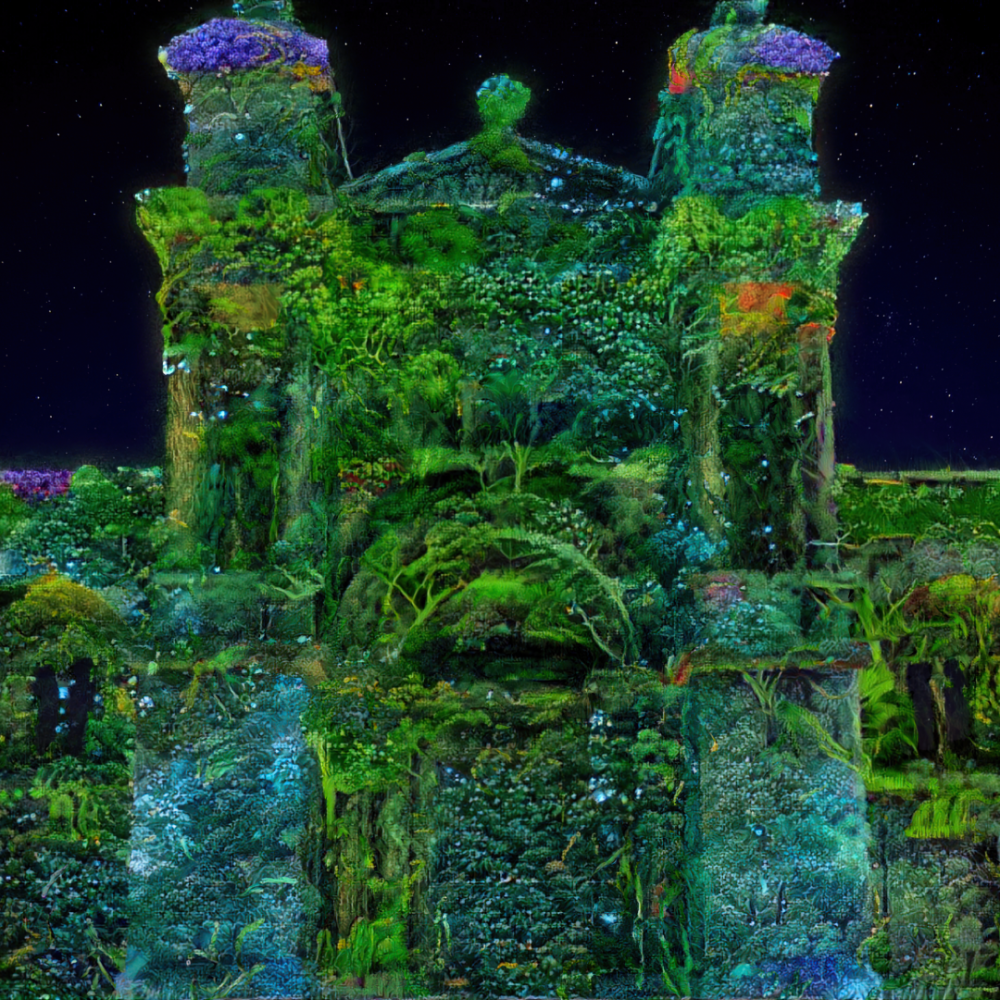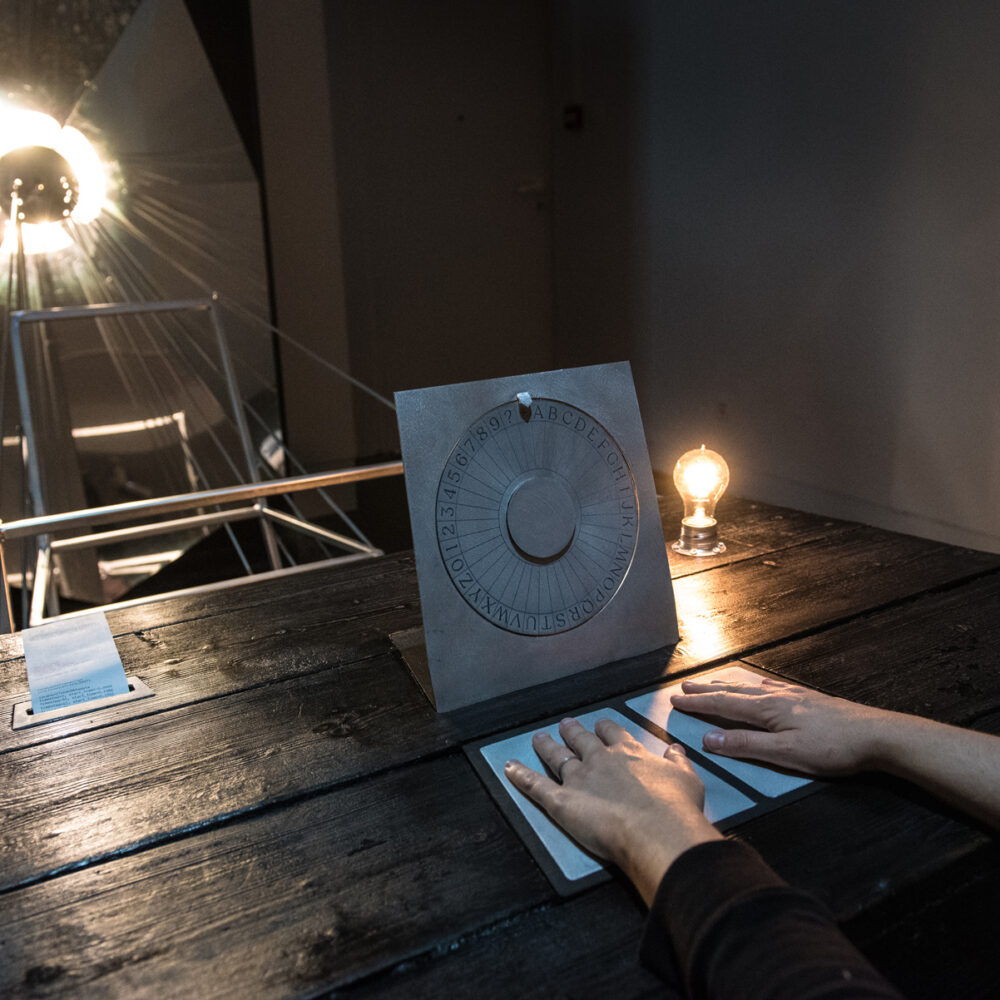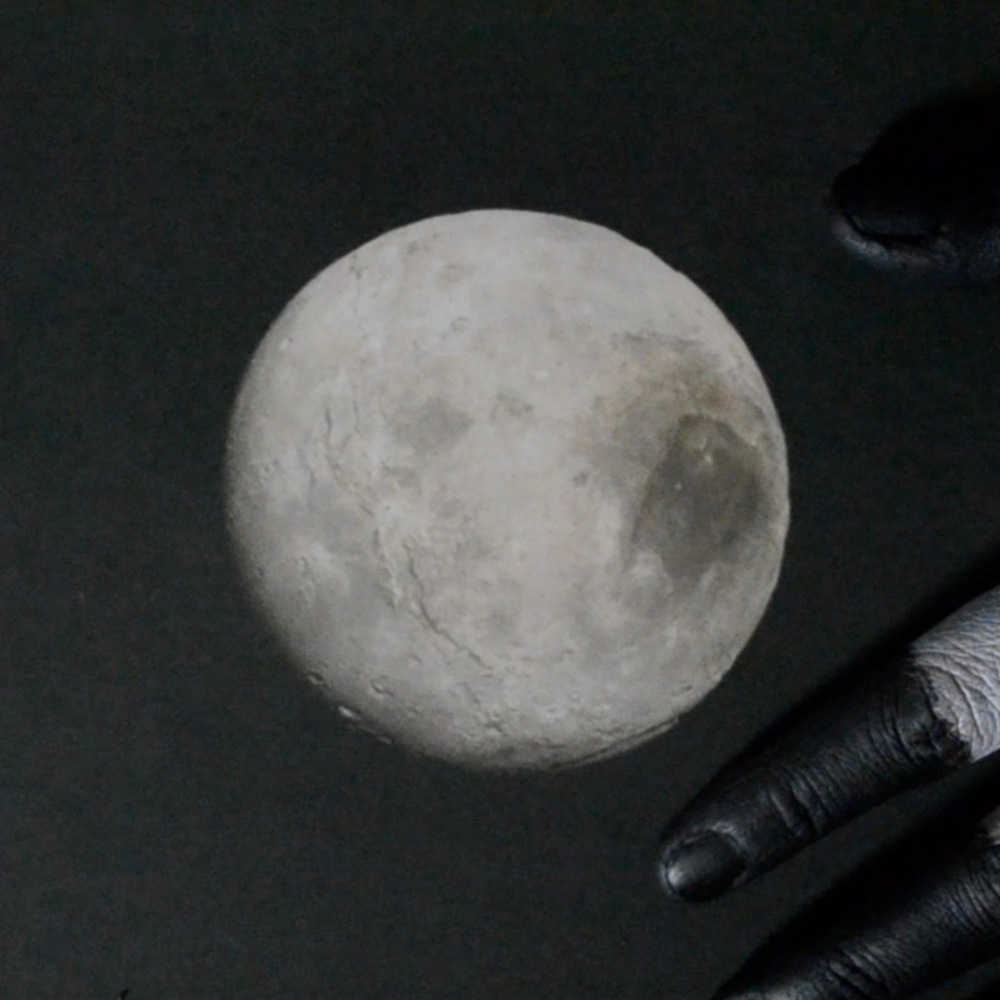Positively Charged
KASIA MOLGA
Interactive installation powered
by the energy of the visitors
The interactive work Positively Charged by artist Kasia Molga addresses existing and future possibilities for energy production.
A light installation that is activated when the public turns the cranks, thanks to the energy produced by the people, together. It was presented in Taiwan at the Taipei Arts Festival (see video here, then Futur21 in March, and each time it is partly recreated according to the place (the architecture of the light cables in particular).
Visitors to the Ermen & Engels power plant are invited to use their bodies to generate energy and power the light and sound installation. The central question is whether the human body will be able to generate enough energy in the future to meet individual energy consumption needs.
In direct exchange with local students in the form of a workshop, Positively Charged addresses the individual questions of a young generation on the subject of energy and raises awareness of our increased energy consumption. Together with the young people, she speculates on new technologies for energy production, inspired by scientific research on thermoelectric generators. At the heart of Positively Charged’s artistic and playful research is resource-saving energy efficiency.
POSITIVELY CHARGED consists of 6 wooden stations, each with cranks and sensors. When the visitor turns the crank, it activates the heart rate sensor which, after detecting the visitor’s heart rate, turns on the LED cables of the light display or activates the musical soundscape. The shape of the light display varies depending on the location and context. For example, in Taiwan, the main part of the exhibition consisted of more than 700 meters of electric cables representing the city’s electricity network. Visitors not only have to “invest” themselves to trigger the installation, but also find the right rhythm in their movement: if they “spin” too fast, much of the “energy” produced is wasted as heat that escapes, creating an imbalance in the lighting and eventually turning off all the electroluminescent wires. If more visitors are interacting with the installation at the same time, it may be easier to turn (and produce energy), but it is also easier to create this imbalance. So the visitors who contribute to the facility must find a way to work together to keep the facility running smoothly.

Partagez cet événement sur les réseaux sociaux
Artistes
Kasia Molga (UK)
Kasia Molga is a Polish-English design fusionist: artist, coder, environmentalist, storyteller and tinkerer. She questions the impact of technology on the natural environment and its role in our relationship with “non-human actors.” She crosses disciplines to communicate complex ideas through tangible, multi-sensory and hybrid installations. Her work has been exhibited worldwide, including at the Centre Pompidou in Paris, the V&A Museum in London, MIS in São Paulo, Ars Electronica in Linz and Dutch Design Week.
Crédits & mentions
Delegated production : SECONDE NATURE and ZINC
Creation realized with the platform CHRONIQUES CRÉATIONS, supported by the DRAC Provence-Alpes-Côte d’Azur, the Région Sud Provence-Alpes-Côte d’Azur, the city of Marseille and the Institut Français in Paris. In coproduction with La Fruitière Numérique. With the support of Perspective[s] and CITS. In partnership with Next Sound Lab and EDF.
Warning: Undefined variable $oeuvresLieesIds in /home/clients/6cd874e1a9c3606a339242af6d0db3da/sites/chroniques-biennale.org/wp-content/themes/biennale-2024/single-oeuvre.php on line 49


